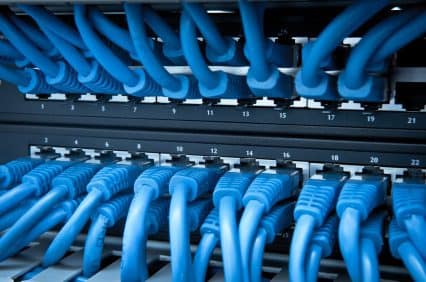To gain confidence in Internet security protection, it is important to utilize several layers. While each layer can be broken down into a variety of specific functions.
There are several fundamental layers of Internet security protection all users should take advantage of. Utilizing multiple layers increases the odds any malicious attack will be prevented.
Page Contents
Internet Security Layers – Most Important
Device Disruption Prevention
The first layer of Internet security protection is the device disruption prevention. This is an approach to protect the entire device. A majority of well-known Internet security software falls into this category. They are designed to prevent a broad array of malicious attacks.
The goal of device disruption prevention is to identify and prevent viruses from reaching the device, protecting personal information from identity thieves, and eliminating the threat of malware.
Important File Protection
Along with this approach, it is also important to add protection for specific valuable files. The well-known Internet security software tends to focus on mission-critical files whereas this type of file protection focuses on data important to the user.
This includes family photos, music, documents, and financial records. Once accessed by a malicious hacker, these files present a serious Internet privacy risk.
They are not only used for identity theft, but also social engineering schemes such as targeted phishing.
Active Internet Security
Another important layer of protection is active Internet security. This type of protection is designed to be used anytime a device is connected to the Internet.
This includes Wi-Fi hotspots, hotels, airports, and even at home. This layer of security is focused on protecting data as it is transferred to and from the user’s device. The most common way to achieve this is by encrypting data and using secure connections.
Active Online Interaction Protection
Online interaction protection is a critical layer of defense against identity theft and social engineering. While there are tools which complement this type of protection, it is primarily based upon the user’s actions.
Simply being aware of the different types of online scams used to steal information and insert malware into a device can go a long way in achieving comprehensive Internet security. Taking a security-conscious approach to using the Internet is the most vital component of active interaction protection.
This includes keeping personal data safe when making an online purchase, not clicking on unknown links, and not opening spam e-mails with potentially dangerous attachments.
Post Disruption Recovery
The final layer of Internet security focuses on what should be done after an attack occurs. This includes eliminating viruses, finding and deleting spyware, in removing malware.
It is easy to get caught up trying to prevent Internet security threats from happening, but is just as important to have a plan of action to follow once it does.
Why You Need Internet Security Protection?
All five layers of Internet security protection are independently effective. They also each have weaknesses. This is why a holistic, layered Internet security approach is essential for minimizing Internet security threats such as identity theft, malware, data loss, etc.
 Tricks Window Technology Zone – Complete Technology Package for Technology News, Web Tricks, Blogging Tricks, SEO, Hacks, Network, Mobile Tricks, Android, Smartphones etc.
Tricks Window Technology Zone – Complete Technology Package for Technology News, Web Tricks, Blogging Tricks, SEO, Hacks, Network, Mobile Tricks, Android, Smartphones etc.






